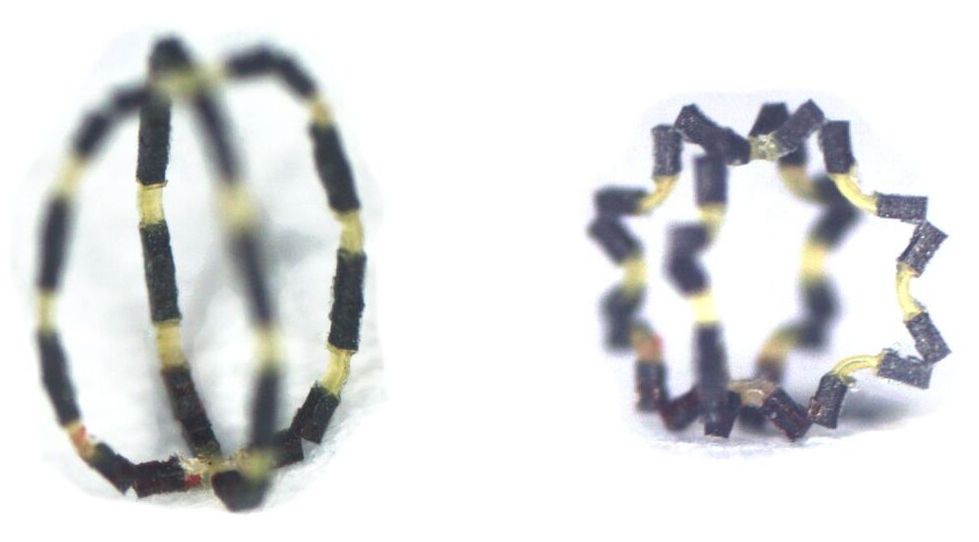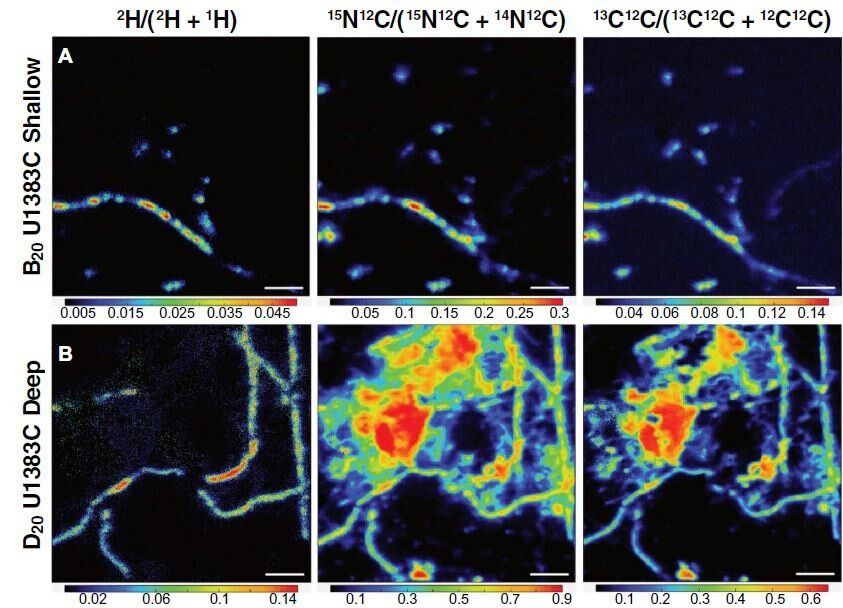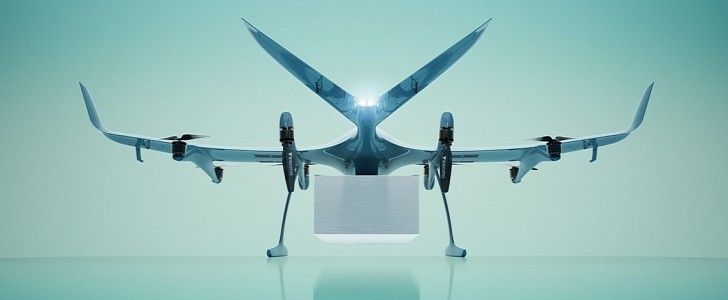Circa 2018 o.o
In 2018 an international team of researchers using the NASA/ESA Hubble Space Telescope and several other observatories uncovered, for the first time, a galaxy in our cosmic neighborhood that is missing most of its dark matter.

Scientists have been using a new form of gene therapy to treat a rare inherited eye condition which eventually causes severe tunnel vision.
Scientists have been using the new treatment on patients to try to halt further loss of sight. And they’ve been astonished to find that it has actually improved their vision.
Sophie Raworth presents BBC News at Ten reporting by medical editor Fergus Walsh.
Please subscribe HERE http://bit.ly/1rbfUog.
#BBCNews

A team of scientists from the Max Planck Institute for Intelligent Systems (MPI-IS) have developed a system with which they can fabricate miniature robots building block by building block, which function exactly as required.
As one would do with a Lego system, the scientists can randomly combine individual components. The building blocks or voxels—which could be described as 3D pixels—are made of different materials: from basic matrix materials that hold up the construction to magnetic components enabling the control of the soft machine. “You can put the individual soft parts together in any way you wish, with no limitations on what you can achieve. In this way, each robot has an individual magnetisation profile,” says Jiachen Zhang. Together with Ziyu Ren and Wenqi Hu he is first author of the paper entitled “Voxelated three-dimensional miniature magnetic soft machines via multimaterial heterogeneous assembly.” The paper was published in Science Robotics on April 28, 2021.
The project is the result of many previous projects conducted in the Physical Intelligence Department at MPI-IS. For many years, scientists there have been working on magnetically controlled robots for wireless medical device applications at the small scale, from millimeters down to micrometers size. While the state-of-the-art designs they have developed to date have attracted attention around the world, they were limited by the single material with which they were made, which constrained their functionality.

On Thursday, China launched the core module of its planned space station to pave the way for construction to begin.
Designed to rival the International Space Station (ISS), from which Chinese astronauts have been barred, the assembly of the facility is expected to be completed by the end of next year.
The geopolitical tensions playing out on Earth are now out of this world as nations build alliances to boldly go where no man has gone before.

The subseafloor constitutes one of the largest and most understudied ecosystems on Earth. While it is known that life survives deep down in the fluids, rocks, and sediments that make up the seafloor, scientists know very little about the conditions and energy needed to sustain that life.
An interdisciplinary research team, led from ASU and the Woods Hole Oceanographic Institution (WHOI), sought to learn more about this ecosystem and the microbes that exist in the subseafloor. The results of their findings were recently published in Science Advances, with ASU School of Earth and Space Exploration assistant professor and geobiologist Elizabeth Trembath-Reichert as lead author.
To study this type of remote ecosystem, and the microbes that inhabit it, the team chose a location called North Pond on the western flank of the mid-Atlantic Ridge, a plate boundary located along the floor of the Atlantic Ocean.


Let the farming games begin.
Chinese motherboard manufacturer Onda (via ZOL) has launched the brand’s new Chia-D32H-D4 motherboard. The model name alone is enough to tell you that this motherboard is aimed at farming Chia cryptocurrency, which has already caused hard drive price spikes in Asia.
Designed for mining, rather than to compete with the best motherboards for gaming, the Chia-D32H-D4 is most likely a rebranded version of Onda’s existing B365 D32-D4 motherboard. It measures 530 × 310mm, so the Chia-D32H-D4 isn’t your typical motherboard. In fact, Onda has produced a special case with an included power supply for this specific model. The unspecified 800W power supply arrives with the 80Plus Gold certification, while the case features five cooling fans.


Scan the World might be one of the only institutions where visitors are encouraged to handle the most-valued sculptures and artifacts from art history. The open-source museum hosts an impressive archive of 18000 digital scans—the eclectic collection spans artworks like the “Bust of Nefertiti,” the “Fourth Gate of Vaubam Fortress,” and Michaelangelo’s “David” in addition to other items like chimpanzee skulls—that are available for download and 3D printing in a matter of hours.

A federal appeals court on Thursday said the Environmental Protection Agency (EPA) must ban a pesticide linked to developmental issues in children within 60 days unless it can find a safe use for the chemical.
The 9th Circuit ruled that the evidence compiled by the EPA fails to show that the substance chlorpyrifos is not harmful. Studies have linked exposure to chlorpyrifos to lower IQ, impaired working memory and negative impacts on motor development.
“The EPA has spent more than a decade assembling a record of chlorpyrifos’s ill effects and has repeatedly determined, based on that record, that it cannot conclude, to the statutorily required standard of reasonable certainty, that the present tolerances are causing no harm,” wrote Judge Jed Rakoff, a Clinton appointee, in the majority opinion. He was joined by Judge Jacqueline Nguyen, an Obama appointee.